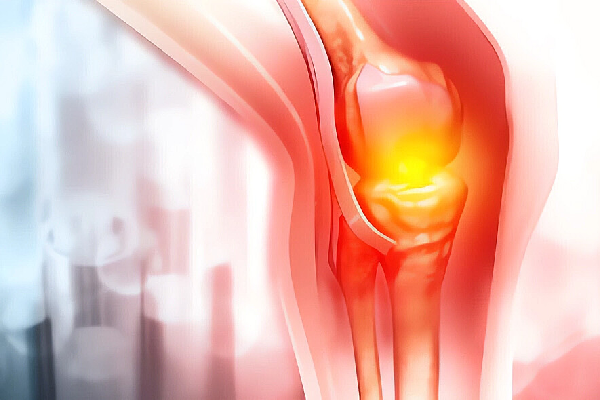
Knee Replacement Surgery
What is knee replacement surgery?
Knee Replacement Surgery involves the removal of parts of the knee joint bones that are damaged due to osteoarthritis, and the insertion of artificial implants to relieve pain and stiffness. The majority of individuals who undergo this surgery suffer from severe knee arthritis, which leads to erosion and unevenness of the knee surface, causing discomfort, instability, and changes in body alignment. Additionally, knee replacement may assist individuals with weakened knee joints caused by injury or other conditions.
The Package Includes:
- Doctor Fees for first and follow-up examinations
- Orthopedic Surgeon fees w. assistant surgeon
- Pre-op consultation with anesthesiologist and regular blood tests
- Operating Room Charges
- Accomodation for up to 5 nights in the surgical floor including; Standard Room, Nursing Service Charges, Regular Menu Food Charges for patient and 1 accompanying person.
- Procedure-related laboratory tests and radiology
- Medical equipment and supplies for the procedure
- Smith & Nephew Total Knee System
- Procedure-related medications
- E-consultation with the surgeon in the post-up period in the home country
How do I know if I need knee replacement surgery?
- You are experiencing stiffness and swelling in your knees, accompanied by persistent pain even when resting.
- Activities such as walking, standing up, and climbing stairs are challenging and cause discomfort.
- Despite undergoing medication and therapy, the relief obtained is inadequate.
- Your knee cartilage has been significantly damaged and worn out to the extent that your bones are rubbing against each other, leading to a condition known as “bone on bone” walking.
How is the surgery performed?
To begin the knee replacement surgery, the orthopedic surgeon makes a cut in the knee and moves the kneecap to the side. In cases where osteoarthritis has resulted in the growth of bone spurs, they will be removed.
After that, the surgeon takes out the two menisci between the femur and tibia, as well as the ACL and sometimes the PCL, although in some types of knee replacements, the PCL is kept.
During the main part of the surgery, the surgeon cuts and removes damaged cartilage and bone from the upper part of the tibia and the lower sections of the femur, which includes two protrusions known as femoral condyles. Metal implants are then placed on the femur and tibia to create new surfaces for the joint. The femoral component is designed to mimic the shape of the original femoral condyles. If necessary, a polyethylene implant can also replace the underside of the kneecap if it has deteriorated.
Finally, the various layers of tissue are repaired using dissolvable sutures, and the skin incision is closed using sutures or surgical staples. A bandage is wrapped around the knee, and the patient is taken to recovery.
What is the recovery period after surgery? How soon can I travel back home?
Following knee replacement surgery, you will be admitted to the hospital for a few days to aid with your initial recovery. Our specialists will assist you during this time. Initially, you will require assistance or a walking stick to walk. However, after a month, significant improvements in mobility will likely be noticeable. Within six weeks of the surgery, most patients can walk with minimal assistance. It typically takes up to six months to achieve full recovery.
Typically, patients can return home within 7-10 days after the knee replacement surgery.
How long does a knee replacement last?
In approximately 85% to 90% of patients, knee replacement implants are anticipated to operate effectively for a duration of 15 to 20 years.

